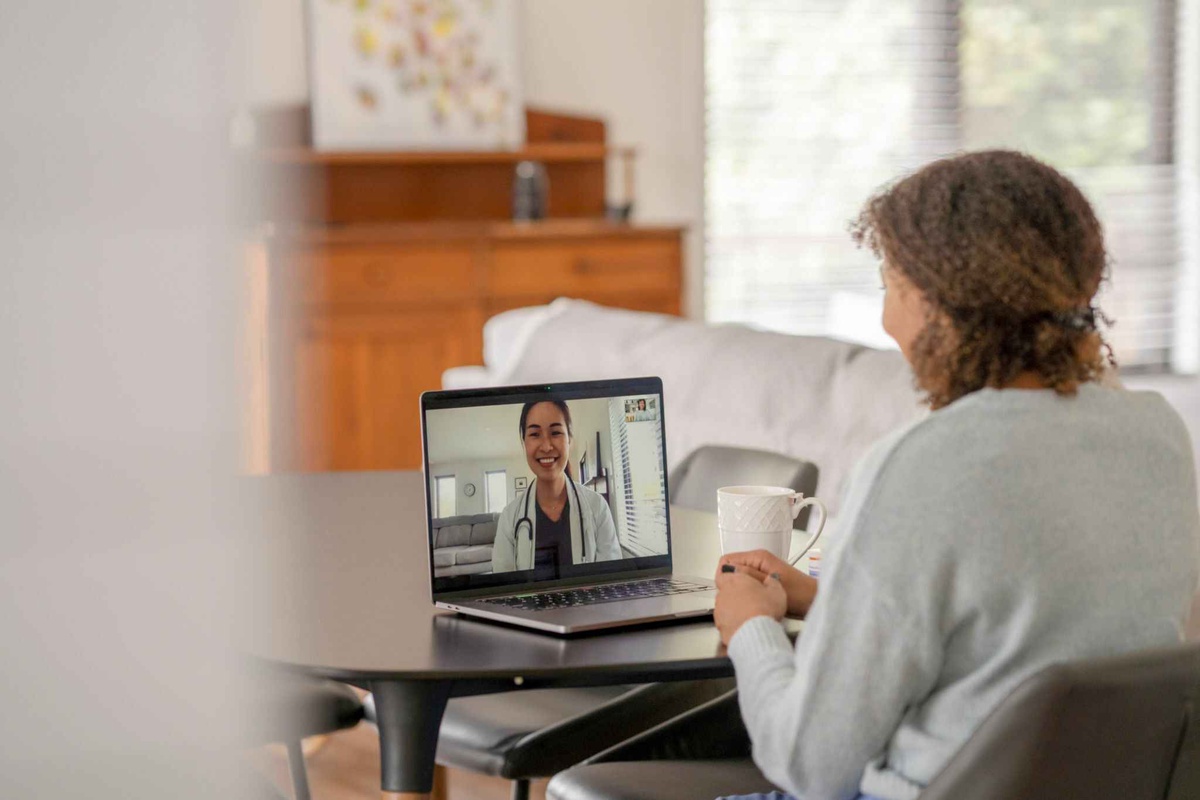In an age where technology is revolutionizing every aspect of our lives, healthcare is no exception. One of the most significant advancements in healthcare technology is the advent of remote patient monitoring (RPM).
This innovative approach allows healthcare providers to monitor patients' health remotely, outside of traditional healthcare settings like hospitals or clinics. But how does it help remote patients?
1. Continuous Monitoring
Remote patient monitoring enables continuous monitoring of patient's vital signs and other health metrics from the comfort of their own homes. Remote Patient Monitoring Devices such as wearable sensors, smartwatches, and mobile apps collect real-time data and transmit it securely to healthcare providers. This continuous monitoring provides a more comprehensive view of the patient's health status, allowing for early detection of any concerning changes or trends.
2. Improved Access to Care
For remote patients, accessing healthcare services can be challenging, especially for those living in rural or underserved areas. Remote patient monitoring bridges this gap by bringing healthcare directly to the patient's doorstep. Patients no longer need to travel long distances or wait for appointments to receive the care they need. This improved access to care can lead to better health outcomes and reduced healthcare disparities.
3. Enhanced Patient Engagement
Remote patient monitoring encourages active patient participation in managing their health. By empowering patients to track their health data and participate in their care plans, RPM promotes a sense of ownership and accountability. Patients feel more engaged in their healthcare journey, leading to increased adherence to treatment plans and healthier lifestyle choices.
4. Early Intervention and Prevention
Timely intervention is crucial in managing chronic conditions and preventing complications. Remote patient monitoring allows healthcare providers to detect potential issues early on, before they escalate into serious problems. By closely monitoring patients' health metrics and identifying subtle changes, healthcare providers can intervene proactively, potentially avoiding hospitalizations or emergency room visits.
5. Cost Savings
Remote patient monitoring has the potential to reduce healthcare costs for both patients and providers. By preventing unnecessary hospitalizations, emergency room visits, and complications, RPM helps lower healthcare expenses. Additionally, remote monitoring allows for more efficient use of healthcare resources, reducing the burden on hospitals and clinics.
6. Flexibility and Convenience
Remote patient monitoring provides patients with greater flexibility and convenience in managing their health. With RPM, patients can schedule virtual appointments with healthcare providers at their convenience, eliminating the need to rearrange their schedules or take time off work for in-person visits. This flexibility not only reduces the logistical challenges of accessing healthcare but also enhances patient satisfaction by accommodating their busy lifestyles.
7. Personalized Care Plans
By continuously monitoring patients' health data, remote patient monitoring enables healthcare providers to tailor personalized care plans based on individual needs and preferences. This personalized approach to care takes into account factors such as age, lifestyle, and medical history, allowing for more targeted interventions and better outcomes. Patients receive customized guidance and support, empowering them to take control of their health and well-being.
8. Remote Monitoring of Chronic Conditions
Chronic conditions such as diabetes, hypertension, and heart disease require ongoing management and monitoring. Remote patient monitoring is particularly beneficial for patients with chronic conditions, as it allows for regular tracking of key health indicators such as blood sugar levels, blood pressure, and heart rate. By monitoring these metrics remotely, healthcare providers can detect changes in patient's health status early on and adjust treatment plans accordingly, leading to better disease management and improved quality of life.
9. Support for Aging Population
With the global population aging rapidly, there is an increasing need for healthcare solutions that support older adults in managing their health independently. Remote patient monitoring offers valuable support for the aging population by enabling remote monitoring of vital signs, medication adherence, and overall well-being. This allows older adults to maintain their independence and quality of life while ensuring they receive the care and support they need to stay healthy and active.
10. Integration with Telemedicine
Remote patient monitoring is often integrated with telemedicine platforms, allowing for seamless communication between patients and healthcare providers. Through telemedicine consultations, patients can discuss their health concerns, review their remote monitoring data, and receive personalized guidance from healthcare professionals—all from the comfort of their own homes. This integration of remote monitoring with telemedicine enhances the overall patient experience and facilitates more efficient and effective healthcare delivery.
Conclusion
In conclusion, remote patient monitoring offers numerous benefits for remote patients, ranging from continuous monitoring and improved access to care to enhanced patient engagement and early intervention. By leveraging technology to bring healthcare directly to patients' homes, RPM is transforming the way we approach healthcare delivery. As technology continues to evolve, remote patient monitoring will undoubtedly play a pivotal role in improving patient outcomes and shaping the future of healthcare.


No comments yet